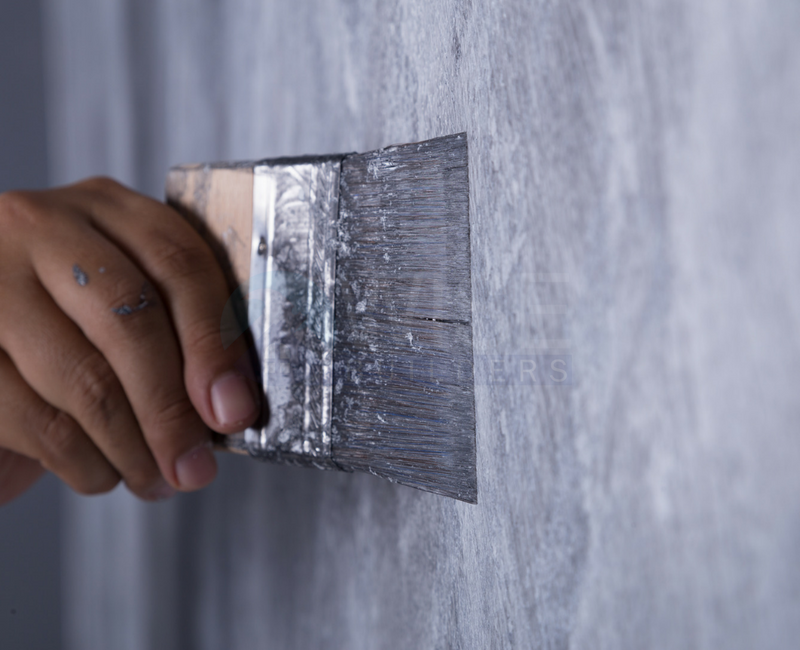Using Concrete In Hardscaping Designs
When it comes to constructing a building, careful consideration is given to the characteristics of the structure. The dilemma many homeowners face is how to aptly merge the hard and soft features. This post addresses the concrete and hardscape designs involved in a building project.
What is Hardscape?
Hardscape refers to the part of the outdoor area that uses tough materials like concrete, wood, and stone in the design. These outdoor areas include patios, walkways, retaining walls, pavers for paths or patios, outdoor kitchens, driveway, landscape borders, etc.
Why Concrete Hardscape?
Concrete is an excellent option because the shape, color, and texture can be manipulated to support the style you have in mind, whether contemporary or classic. The versatility of concrete allows it to be used for quite a number of things. For example, it can be used to create fire pits, fireplaces, and water features.
Concrete is an excellent choice for outdoor hardscaping because it is durable, easy to maintain and can be adapted to a variety of styles. Decorative concrete is an inventive way to add pleasing aesthetics to floors, walls, driveways or patios. Normal concrete becomes decorative concrete when a variety of materials are added during the pouring process or after the concrete is poured and cured.
Why Should You Use Decorative Concrete?
1. Decorative concrete can be made to look like real stone, tile, or brick at a reduced cost.
2. Decorative concrete has a flat and even surface which is suitable for walkways, driveways and interior floors.
3. Decorative concrete can be reinforced to adapt to different styles or structural demands.
Different Outdoor Concrete Styles
Traditional Concrete Palette
Traditional homes usually have formal looking brick-lined and stone pathways. This style can be captured using concrete by including formal details like symmetrical lines and brick-patterned borders in the general design.
Modern Concrete Palette
Concrete, with its smooth finishes and practical look, can be employed to achieve a contemporary look. Large geometrical patterns and sleek lines are the hallmarks of modern design so if you want a modern look, the edges of your hardscape, a patio for example, can be created with straight lines and hard corners.
Rustic Concrete Palette
Concrete, in rich earthly colors and shades, with its stone-like textures accentuated, contributes greatly to the rustic charm and appeal of ranch and country home styles. For example, a rustic pathway can have curved edges, an earthy color and a stone texture stamped onto the surface.
Tropical Concrete Palette
Concrete in natural browns and sandy shades is a natural fit for the beachy vibe of an Oceanside home as it complements the blues and greens of a tropical setting.
Care and Maintenance of Concrete Hardscape
Your concrete is exposed to varying weather conditions, foot and vehicular traffic, exposure to sunlight, human nature, etc. It is only right that you put adequate measures in place to guard against any excesses. Cleaning decorative concrete when dirt and grime build up on it will not only improve the appearance, it will also ensure that the hardscape is durable enough. Most concrete surfaces and the joints between them (in the case of pavers) can be cleaned using a little soap and a power washer.
Typically, a protective sealer is applied to decorative concrete to inhibit the penetration of grease and oil, dirt, other substances. This makes the concrete easier to clean and prevents fading from sunlight exposure. The type of sealer to use is dependent on the composite of the concrete and the look you want; two types of sealers exist in the market today, a film forming protective sealer or an invisible penetrating sealer. It is recommended to reseal your concrete hardscape every 3-5 years.
Conclusion
Concrete hardscape provides a host of benefits which other designs do not provide. Chief among these benefits is the reduced cost of installation and maintenance. Be sure to get the service of a professional home renovator to help you address your questions.




